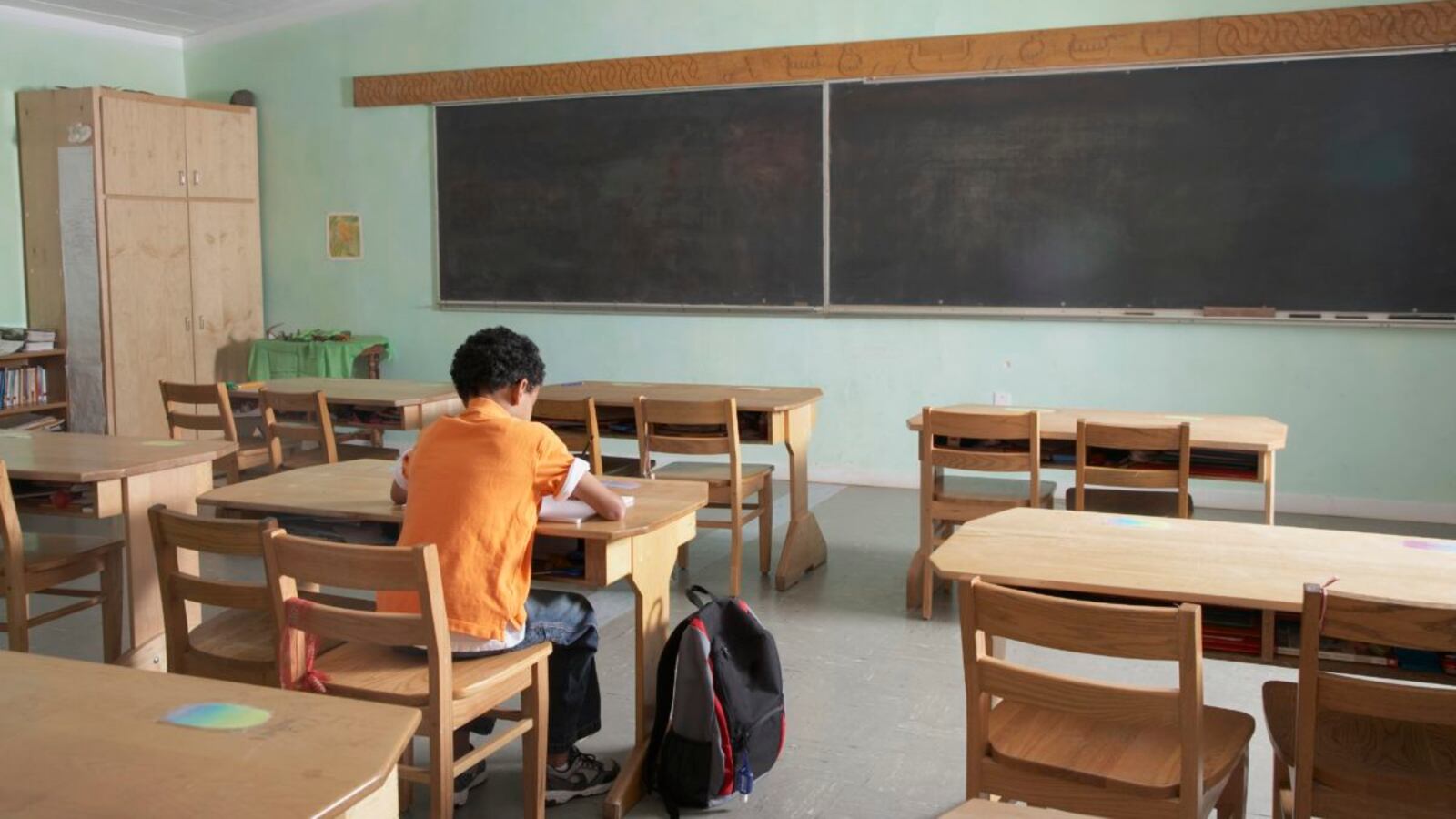New York City schools that predominantly serve low-income students are receiving less federal funding for everything from health services to books, according to a report released Tuesday.
A chunk of Title I money, which is designed to boost resources at schools with high concentrations of poor students, has evaporated over the past decade as federal funding has lagged compared with the number of needy schools, the city’s Independent Budget Office said.
In all, the city has seen a $140 million reduction in a funding stream known as Title I-A between 2006 and 2017, a nearly 18 percent decline (or roughly 38 percent when adjusted for inflation). The funding can be used for education technology, services for bilingual students, parent outreach, student health and other programs.
The amount of Title I-A funding the city receives is small but notable: $649 million in 2016-17, or just under 3 percent of the city’s education budget, a figure that is roughly equivalent to what the city has spent since 2014 on its Renewal program designed to turn around 94 low-performing schools. The reduction is part of a broader pattern as federal funding has gone from roughly 11 percent of the city’s education budget to 6 percent over the same period, officials said.
“I think the biggest takeaway from the report is federal funding is not keeping pace with need,” said Erica Vladimer, the IBO report’s author.
If the funding reductions continue, New York City will need to “either find efficiencies in the delivery of their Title I-A funded programs, fill shortfalls with local funds, or cut back on services,” according to the IBO report.
The reductions are the result of a several interlocking factors. Because of differing criteria about who qualifies as poor, the number of schools designated by the city for Title I money has grown by 20 percent over the past decade, while the number of federally eligible students in the city has actually declined by about 9 percent.
At the same time, federal funding has not kept pace with increases in poor students in the rest of New York State and across the country.
“With a large number of New York City public schools maintaining or gaining Title I-A status, the decreasing pot of funding must be distributed across an increasing number of eligible schools,” Vladimer wrote.
City education department officials could not immediately say whether there had been program cuts as a result of the decline in federal funding, but research based on schools across the state has shown that increased school funding can lead to gains in student learning.
“This administration is continuing to invest in New York City schools, with over $4 billion of new funding for education initiatives,” Will Mantell, a department spokesman, said in a statement.
You can read the full IBO report here.

